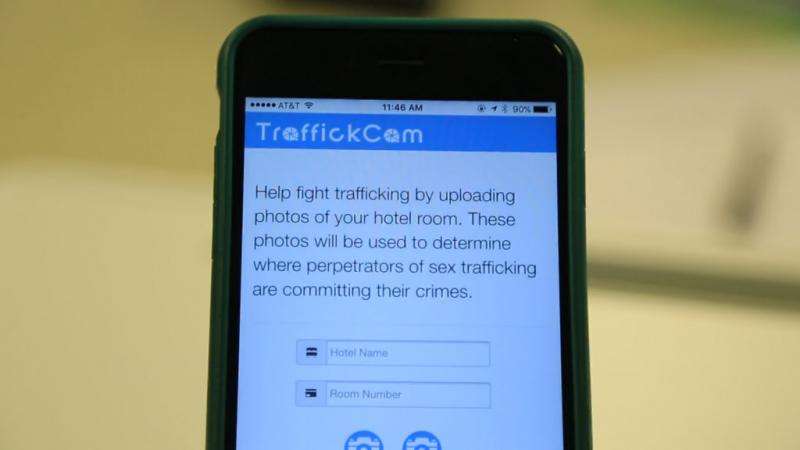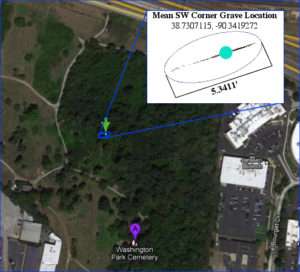Fighting crime at the intersection of science and social justice

During the past decade, law enforcement agencies across the country have confronted the alarming trend of sex trafficking. The crimes often take place in hotel rooms, with perpetrators widely sharing photos of the victims online.
Researchers from Washington University in St. Louis are using science to fight back, developing a high-tech approach to combat the sex trafficking trade. Teaming up with a nonprofit organization called the Exchange Initiative, Robert Pless, professor of computer science and engineering at the School of Engineering & Applied Science, and research associate/doctoral candidate Abby Stylianou have designed a new, web-based application that helps fight sex trafficking by targeting the places where the crimes usually occur.
"My lab works to create new ways of understanding and using images collected by webcams and smartphones," Pless said. "Sex trafficking criminals take advantage of new technologies, especially image-sharing to advertise and coordinate illegal acts.
"In this project, we are working to build new technologies tools to fight sex trafficking—first, by making tools so everyone can contribute data to fight these horrible crimes; and second, by creating new image-analysis tools so law enforcement can best use these images in investigations."
The app, called TraffickCam, allows travelers to upload images of their hotel rooms to a database. Law enforcement officers can search the database to pinpoint where a particular photo was taken, in order to track down where a victim has been. Developed by Pless and Stylianou to maximize the accuracy and usefulness of the imagery, TraffickCam is a user-friendly, high-tech approach that allows citizens to fight one of the fastest-growing and most heinous crimes in our country today.
"This is an issue that people care about and feel kind of helpless, that there's nothing that they can do," Stylianou said. "It's been really, really nice for us to provide this sense of empowerment. Just by taking four pictures of your hotel room, you can do something to legitimately make a difference in such an important issue."
TraffickCam is simple to download and use, and is available on both iPhones and Androids. Once installed, it allows travelers to easily take photos of their hotel rooms, provide an exact location, then upload the photos to the database, which is only accessible by law enforcement officers.
Stylianou and Pless first combined crime-fighting and computer engineering back in 2013. St. Louis-area investigators who had hoped to exhume an unidentified child murder victim for further testing realized the girl's grave had been mismarked some 30 years prior.
"They wanted to exhume her to do modern forensic analysis to try to figure out who she was, where she came from, but they couldn't find her grave," Stylianou said. "We were able to ultimately identify the location of her gravesite using computer vision techniques."
After assisting on that case, Stylianou was invited to attend the FBI Citizen's Academy, where she first learned about the epidemic of sex trafficking.

"The same week we discussed sex trafficking in the academy, the St. Louis Post-Dispatch ran a story about an idea generated by a local group called the Exchange Initiative to create an application," she said. "The thought was to take pictures of hotel rooms that law enforcement could then search through, to figure out where victims of sex trafficking were being photographed.
"That's actually how we got involved in building TraffickCam," Stylianou said.
Since its launch earlier this summer, the app has been downloaded 100,000 times and has amassed 1.5 million photos of hotel rooms around the world. Pless and Stylianou are now working with the St. Louis County Police Department to bring them up to speed with TraffickCam's search engine.
It's hoped that other law enforcement agencies will soon follow, so the app can start making a dent in the sex trafficking trade in St. Louis and beyond. And as the app continues to grow, the researchers say the innovations at the intersection of engineering and social justice will do the same.
"A lot of people have a vision of computer science as a bunch of people typing on computers and just trying to make better databases," Pless said. "What excites me about computer science—and computer vision in particular—is that it's actually trying to interact with the real world, and therefore solve a lot of real-world problems."
More information: For more about the TraffickCam app, visit traffickcam.com
Provided by Washington University in St. Louis




















